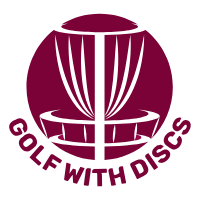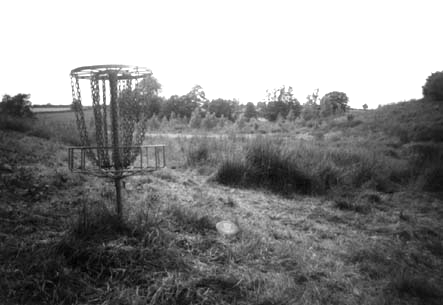Picture this: you’re standing at the tee, gripping your disc, with the basket ahead calling for your best shot. That unmistakable ‘clang’ of chains is music to any disc golfer’s ears. But how did this beloved pastime grow from a simple game of tossing frisbees into the popular sport we enjoy today? Let’s explore the history of disc golf, one throw at a time.
How Disc Golf Was Born
Like every sport, disc golf has its pioneers. Ed Headrick, often called the ‘Father of Disc Golf,’ transformed the game by designing the now-iconic basket. His innovation replaced tree trunks and light poles with dedicated targets, giving players a more satisfying goal. While Headrick didn’t invent the joy of throwing discs, he shaped it into the sport we recognise today. Before him, people tossed frisbees at makeshift targets, unwittingly laying the foundation for what would become a global phenomenon.
Ed Headrick, affectionately known as the “Father of Disc Golf,” was a visionary. He played a pivotal role in creating the first standardized disc golf targets – the iconic metal baskets with hanging chains that we aim for today. His dedication to the sport was evident when he designed and installed the first permanent disc golf course at Oak Grove Park in Pasadena, California, in 1975. This marked a significant milestone in the history of disc golf, as it provided a dedicated space for players to hone their skills.
But it wasn’t just Ed Headrick. Ken Westerfield, a legendary frisbee freestyler, also played a crucial role in the early days of disc golf. He helped organize some of the first disc golf tournaments, bringing together a community of enthusiasts who shared a passion for throwing discs.
Tracing the Early Days of Disc Golf
Now, let’s take a trip back in time to explore the roots of disc golf. While it’s clear that Ed Headrick and Ken Westerfield made significant contributions to the sport’s development, disc golf’s beginnings can be traced back even further.
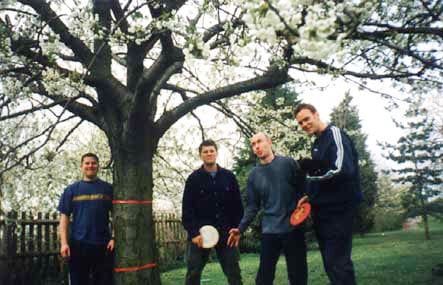

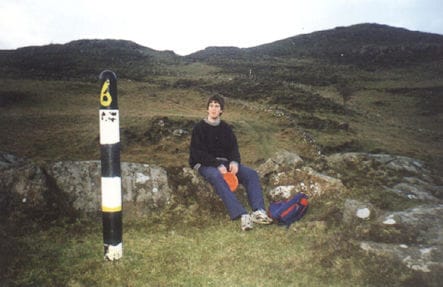

Disc golf traces its origins to a simple pastime: throwing a frisbee for fun. Since the 1940s, people have been flinging frisbees, but by the 1960s and ’70s, players began using them for a structured game. They turned trees, light poles, and park landmarks into targets, creating what was essentially a version of ‘object golf.’ This grassroots start paved the way for the organised sport we recognise today.”
Where Disc Golf Found Its Roots
So, when and where did disc golf truly originate? While it gained popularity across the United States, there’s one place that’s often hailed as the birthplace of modern disc golf: Oak Grove Park in Pasadena, California. This picturesque park is where Ed Headrick installed the first permanent disc golf course, featuring his innovative disc-catching targets.
Pasadena’s Oak Grove Park was a game-changer. It provided a dedicated space for disc golfers to practice their throws and compete with others, solidifying the sport’s presence in the sporting world. And as more courses sprouted up across the country, disc golf began to take shape as we know it today.
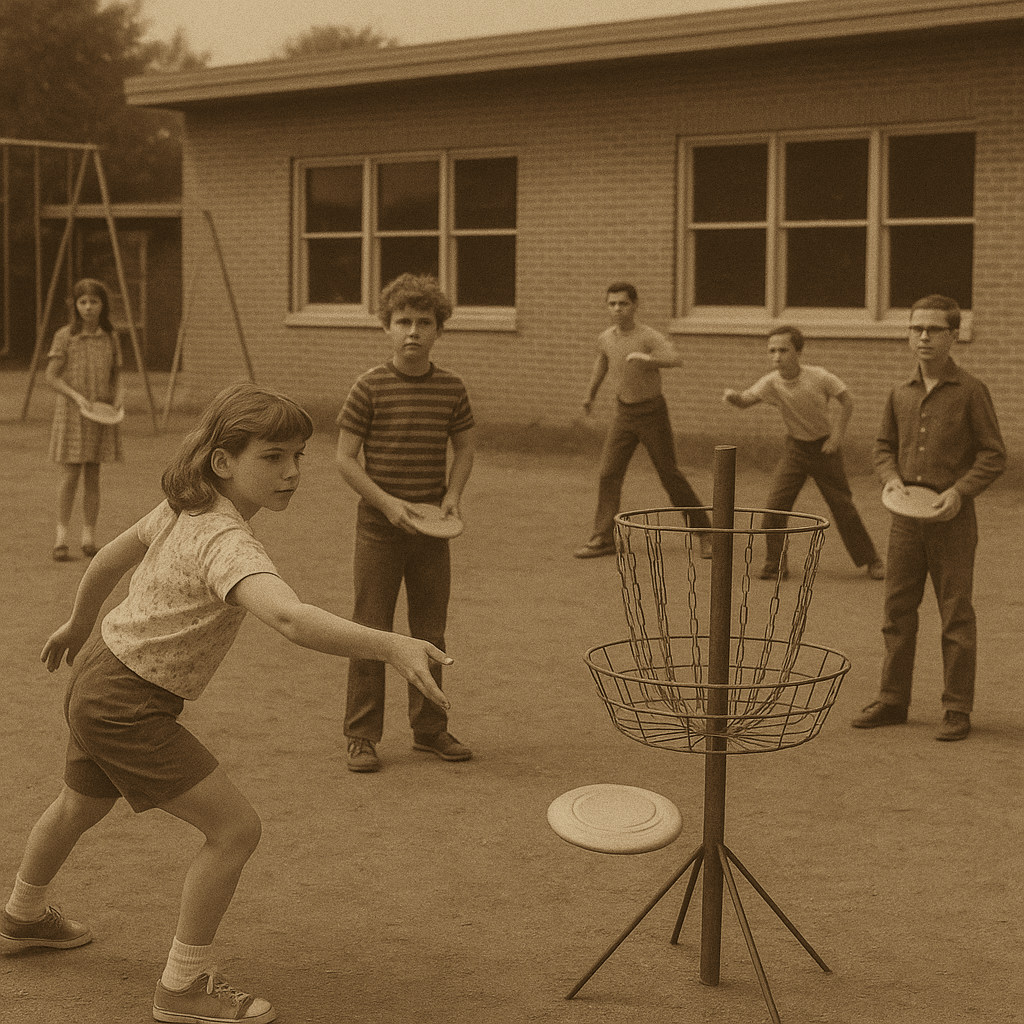
The Name Game: Disc Golf vs. Frisbee Golf
Now, let’s address the elephant in the room – why is it called “disc golf” and not “frisbee golf”? After all, we’re throwing a frisbee, right? Well, yes and no.
While it’s true that the flying discs used in disc golf are often colloquially referred to as “frisbees,” the term “frisbee” is actually a trademark of the Wham-O company, which popularized the plastic flying disc in the 1950s. To avoid legal issues, and to acknowledge the variety of disc manufacturers producing golf discs, the sport’s name evolved to “disc golf.”
But there’s more to it than just trademark issues. “Disc golf” also emphasizes the importance of the different types of discs used in the game. In traditional golf, you have a variety of clubs for different shots, and in disc golf, you have different discs for various situations – drivers, mid-ranges, and putters. So, the name “disc golf” serves as a reminder that this is a distinct sport with its own unique equipment and rules.
Why Disc Golf Connects with Players
Why play disc golf? Psychology offers some insight. This sport hits the sweet spot of mastery, autonomy, and purpose—three key drivers of motivation. Each throw is a chance to improve, whether you’re aiming to lower your score or curve perfectly around a tree. Combined with the joy of being outdoors, disc golf transforms exercise into play.
Disc Golf’s Ongoing Rise
Looking back, disc golf has come a long way from its humble beginnings of makeshift targets and casual games in the park. Today, it has a vibrant player community, thousands of courses worldwide, and professional tournaments offering impressive prize money.”
In recent years, the sport has gained even more recognition, with a growing number of people discovering the joy of disc golf. The Professional Disc Golf Association (PDGA) reported record-high memberships in 2022, reflecting the sport’s rising popularity. Our article on disc golf course growth statistics shows the rise in the number of courses worldwide. This growing popularity highlights the sport’s timeless appeal and the enthusiasm of its ever-expanding community.
So, there you have it – a journey through the history of disc golf. From its humble beginnings as a pastime in the park to the well-established sport we know today, disc golf has evolved in remarkable ways. We’ve explored the pioneers who shaped the game, the birthplace of modern disc golf, and why we call it “disc golf” rather than “frisbee golf.”
As a seasoned disc golfer, I can attest to the sheer joy and satisfaction this sport brings. Whether you’re a seasoned pro or just starting out, there’s always something new to discover and challenges to conquer on the disc golf course. So, keep those discs flying and enjoy the journey. Who knows what exciting developments lie ahead in the ever-evolving world of disc golf? Stay tuned, and happy throwing!
Frequently Asked Questions About the History of Disc Golf
Ed Headrick is widely credited with inventing modern disc golf, thanks to his creation of the iconic basket target.
The first permanent disc golf course was installed at Oak Grove Park in Pasadena, California, in 1975.
